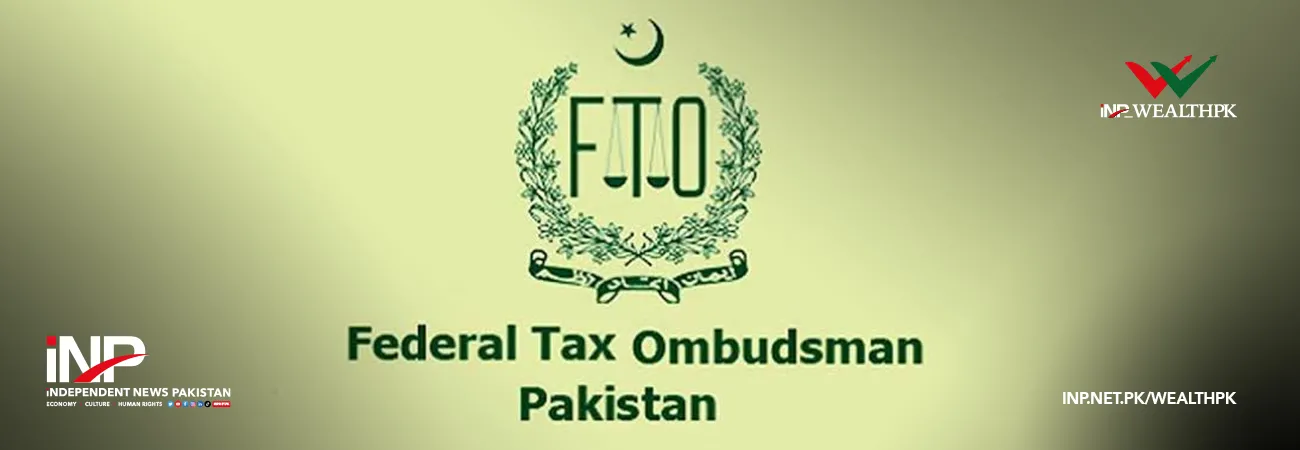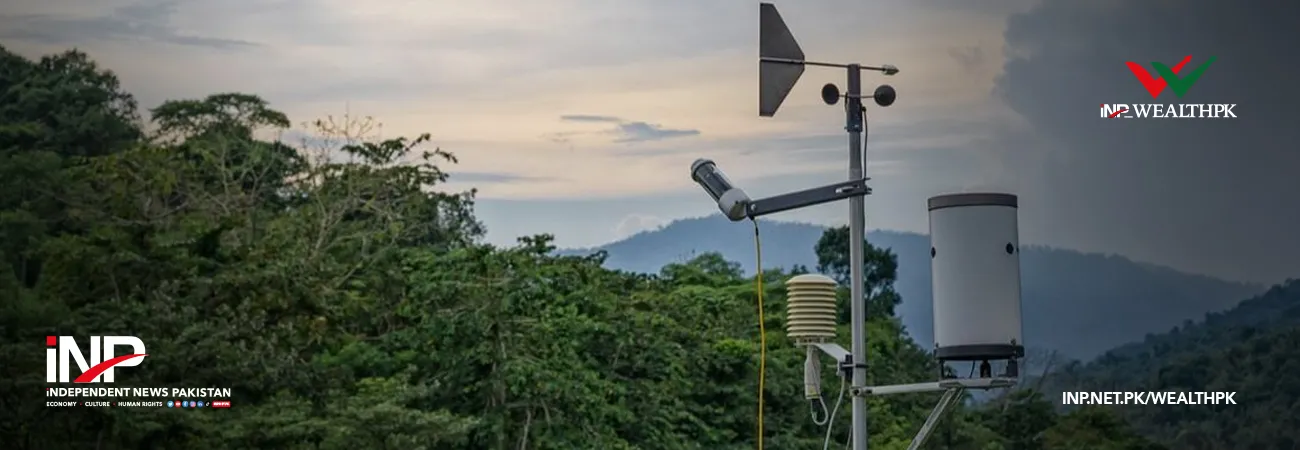INP-WealthPk
Farooq Awan
Pakistan’s services sector remained the principal engine of growth during fiscal year 2024-25, posting the strongest performance among major economic segments and providing critical support to GDP recovery at a time when agriculture slowed and manufacturing struggled to regain momentum. According to the State Bank of Pakistan’s Annual Report 2024-25, the services sector expanded by 3 percent, up from 2.3 percent in the previous year, accounting for the largest contribution to the 3 percent overall growth in the national economy.

The report noted that the expansion was broad-based, with major impetus coming from general government services, transport and storage, other community services, and information and communication technology. The government’s fiscal consolidation and improved policy coordination created space for higher development spending, which directly benefited public services. In addition, improved external and monetary stability helped stimulate logistics, communication, and digital-service activities, while confidence indicators for both consumers and businesses strengthened markedly during the second half of the year.
The State Bank highlighted that the improvement in the external account and the moderation of inflation had a positive spillover effect on the services sector. A stable exchange rate and the decline in the policy rate from 20.5 percent to 11 percent between June 2024 and January 2025 lowered financing costs and boosted consumer and investor confidence. The resultant uptick in domestic activity increased demand for services related to transport, storage, and finance.
Within the sector, the report emphasized the exceptional performance of information and communication technology (ICT) services, which continued to expand rapidly as the country deepened its digital transformation. ICT exports remained on a firm upward trajectory, building on earlier gains achieved during the pandemic. The rising volume of mobile and internet-banking transactions reflected both technological adoption and growing public trust in digital platforms. The State Bank noted that the broader use of online services for payments, commerce, and financial transactions signaled a structural shift in Pakistan’s economy from traditional to technology-driven modes of service delivery.
Transport and storage services also posted strong growth, supported by increased domestic trade and a revival of construction and industrial activity. The report indicated that higher movement of goods and passengers reflected a recovery in logistics networks after several years of stagnation. Improved availability of fuel, stable energy prices, and renewed fleet investment by logistics companies underpinned this recovery. The banking, finance, and insurance sub-sector also registered an improvement in value addition as financial conditions eased and credit activity picked up.
Government services were another major contributor. The State Bank attributed their expansion to increased development expenditures, particularly by provincial governments that channeled resources toward education, health, and infrastructure. These initiatives not only created jobs but also improved the delivery of essential public goods. The report noted that better coordination between federal and provincial spending helped raise efficiency and fiscal transparency.
However, the wholesale and retail trade sub-sector, which has the largest share within services, recorded only marginal growth. Weak performance in agriculture and large-scale manufacturing constrained the supply of commodities for trading and distribution. Despite this, retail activity in urban areas gradually improved as inflation subsided and purchasing power stabilized.
Employment indicators derived from provincial labor-market data showed modest gains, particularly in manufacturing-related and ICT-related occupations. The SBP observed that the improvement in employment indices and business-sentiment surveys suggested the labor market was beginning to respond to the recovery in services and industrial activity.
The report also pointed to structural strengths that continue to underpin Pakistan’s services economy, including demographic trends, urbanization, and rising demand for education and healthcare. The growing youth population, combined with increasing digital literacy, is creating new opportunities in e-commerce, financial technology, and online education. The SBP emphasized that maintaining a stable macroeconomic environment will be crucial for these emerging sub-sectors to expand further.
Despite encouraging signs, the report cautioned that the services sector faces long-term challenges related to low productivity, limited diversification, and informality. The predominance of small and unregistered enterprises limits value addition and tax collection. The SBP recommended formalizing retail and transport businesses through digital documentation and integration with the tax system. It also advised investing in vocational training to align skills with changing demand, particularly in technology-based services.
The report concluded that the resilience of the services sector has once again demonstrated its central role in sustaining Pakistan’s economic momentum. Even when agriculture faltered due to climatic shocks and manufacturing suffered from structural bottlenecks, services provided continuity and employment. The State Bank observed that by promoting digitization, expanding financial inclusion, and improving governance in public services, Pakistan can leverage this sector to achieve higher and more inclusive growth.
Credit: INP-WealthPk













